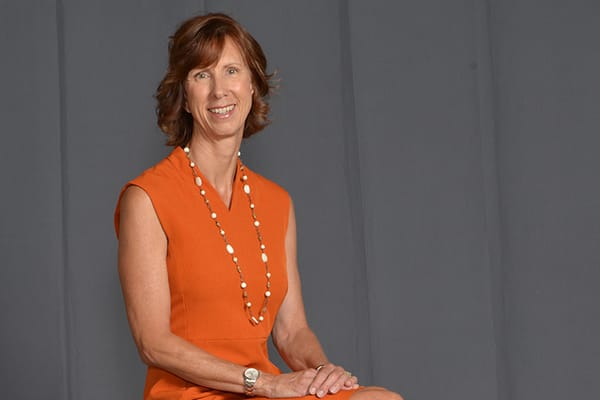
RDOF
FCC Denies ISPs Request to Waive Penalties for Withdrawing from RDOF
In the same notice, the FCC announced it will waive noncompliance penalties for an ISP unable to meet its obligations in the CAF II auction.

RDOF
In the same notice, the FCC announced it will waive noncompliance penalties for an ISP unable to meet its obligations in the CAF II auction.
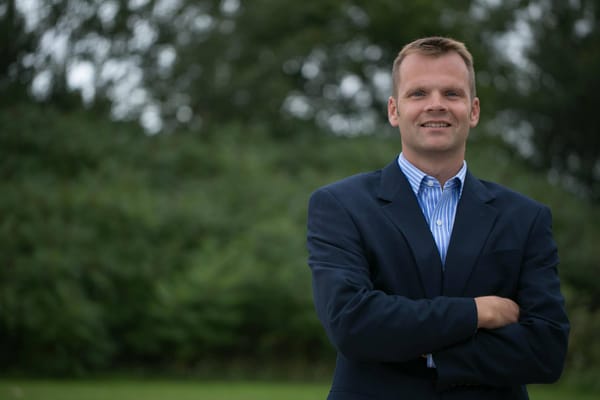
Community Broadband
The state senate thwarted bills aiming to enhance local autonomy and mandate ISP accountability for advertised speeds.
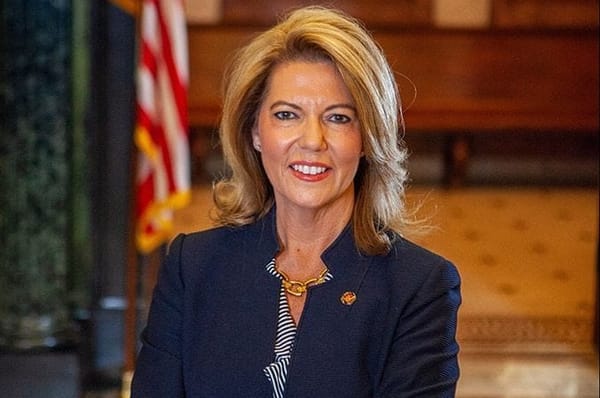
BEAD
A local watchdog organization has accused the Mississippi broadband office of failing to comply with BEAD program guidelines.
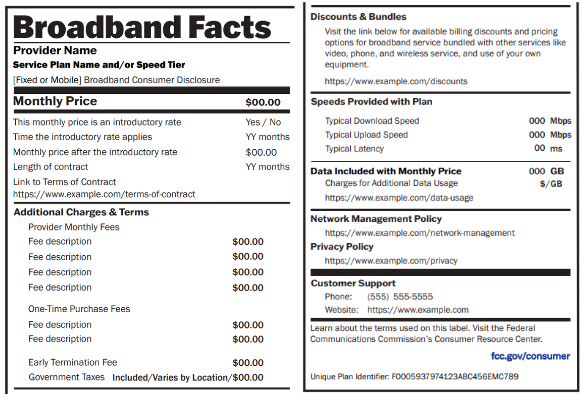
Broadband Mapping and Data
Government officials express optimism that the introduction of labels will signal a new era of transparency and competition.
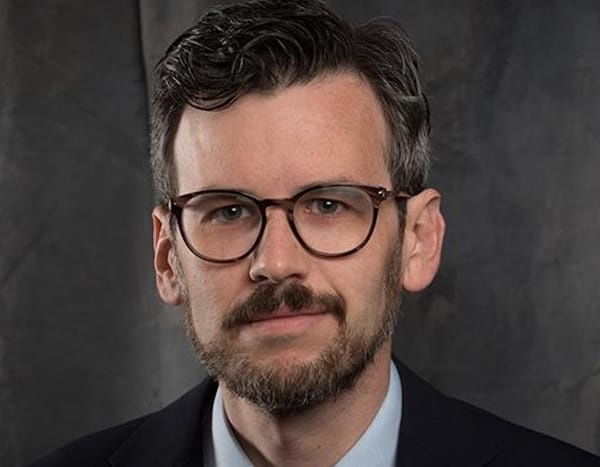
Funding
Stakeholders are pushing for the 5G Fund auction to be postponed until after all BEAD subgrantee awards are finalized.
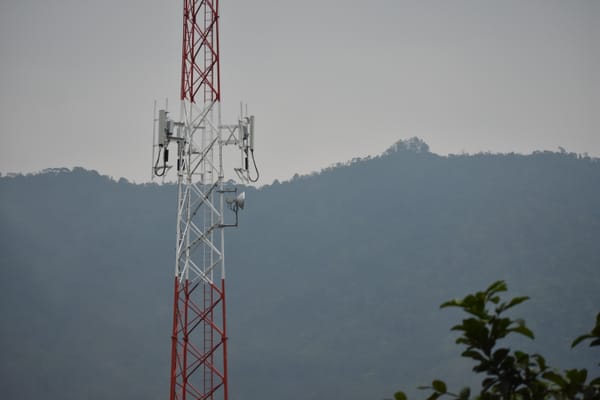
BEAD
States advocating for some wireless services to be classified as 'underserved' were rewarded with a new modification by NTIA.
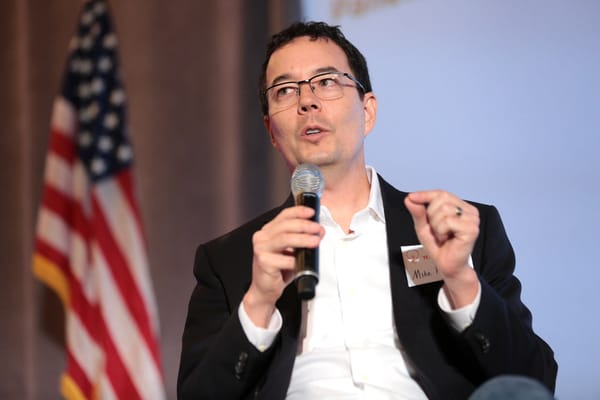
Funding
The Washington Department of Commerce said the grants will help communities secure fund for infrastructure, innovation, research, and jobs.
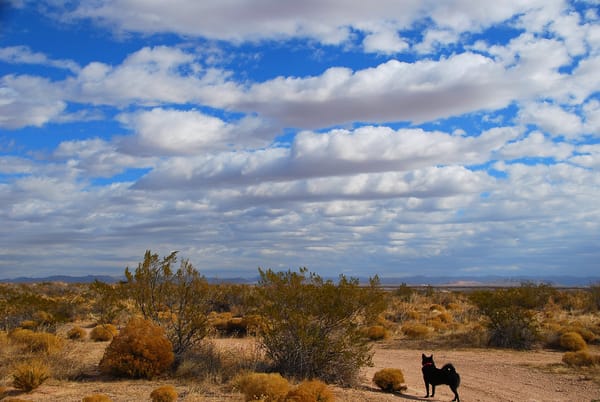
BEAD
The RDOF winners point to unexpected surges in broadband construction costs occurring after the auction.
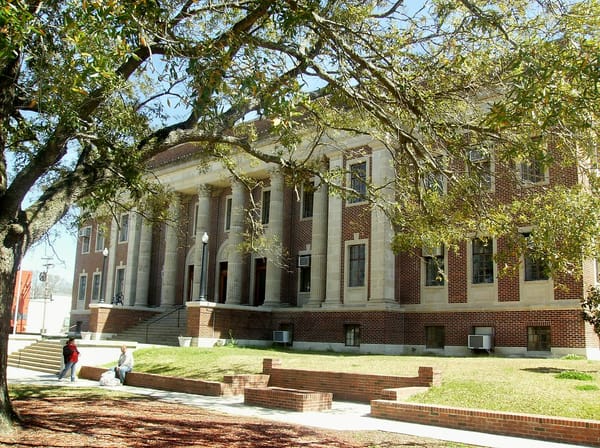
Funding
Altice USA joins the growing list of near 100 companies that have failed to fulfill commitments made under RDOF.
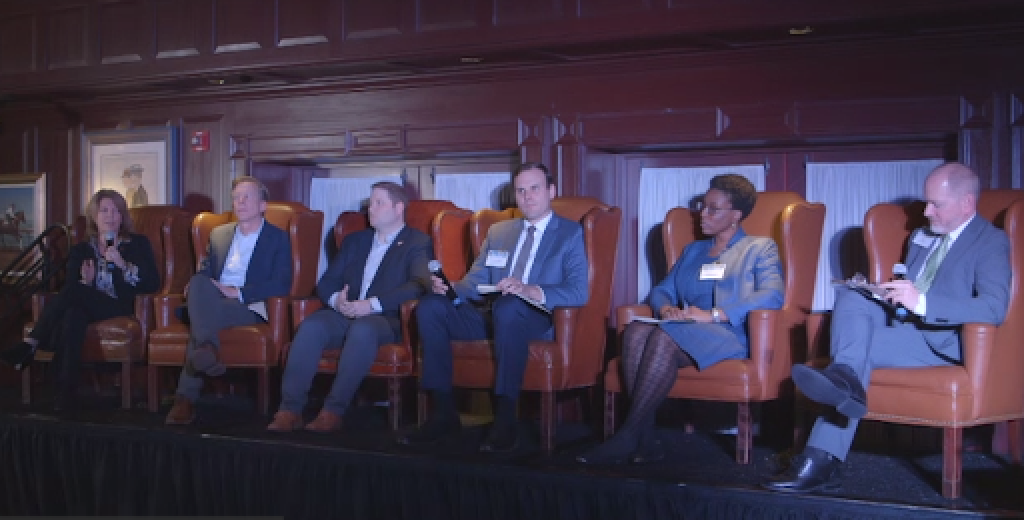
Broadband Mapping and Data
The pre-challenge modification permits the inclusion of speed test data gathered from phones and devices equipped with GPS chips.
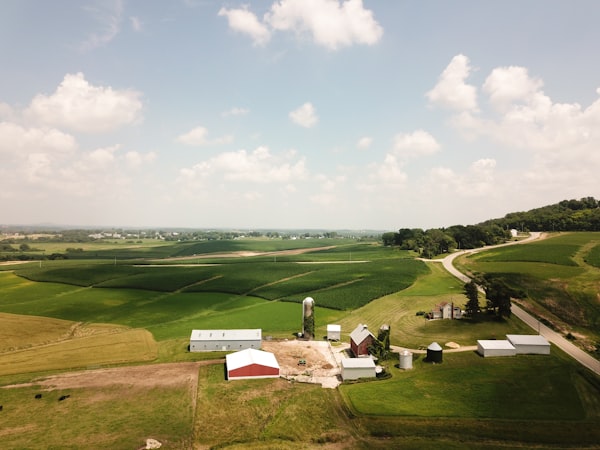
Rural
Nearly 70 broadband associations have asked the FCC to permit recipients of RDOF and CAF II to relinquish their commitments.
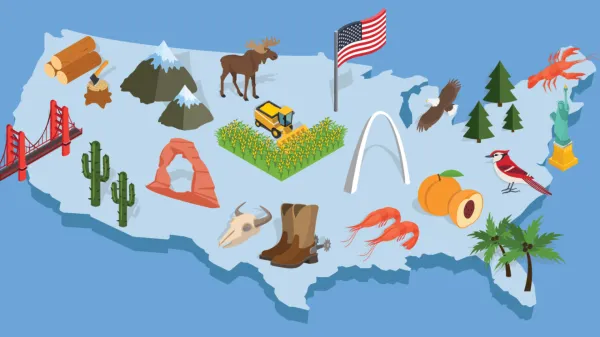
BEAD
Several state offices expect to utilize nondeployment funds in conjunction with infrastructure deployment funds for BEAD.
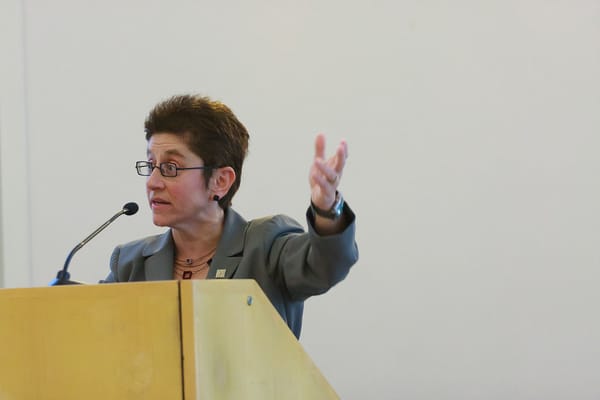
Rural
Almost 70 broadband associations are urging the FCC to allow ISPs who cannot fulfill their commitments to surrender their grants with a lesser penalty.

BEAD
The waiver exempts specific BEAD-funded equipment from the domestic manufacturing requirement outlined in the IIJA.
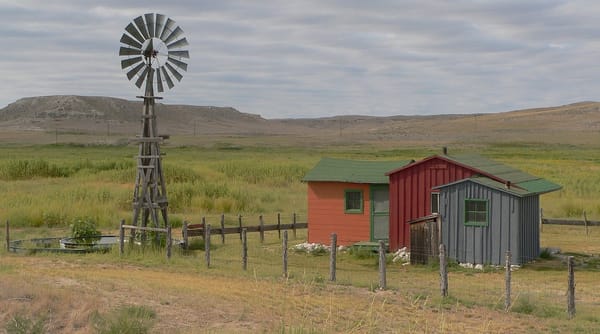
BEAD
Proposed modifications to the NTIA's model challenge process include classifying DSL and licensed fixed wireless to be underserved.
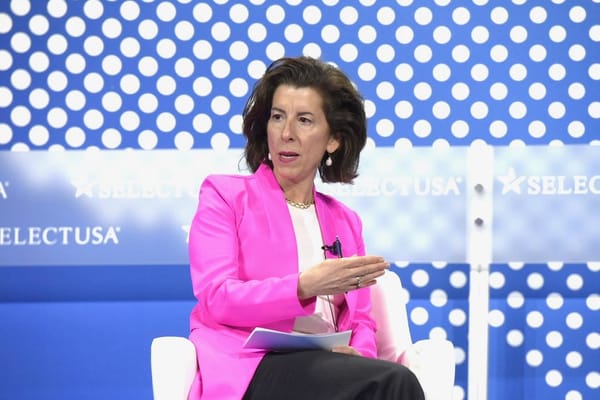
BEAD
Gina Raimondo responds to concerns that Build America requirements negatively impact the broadband supply chain.